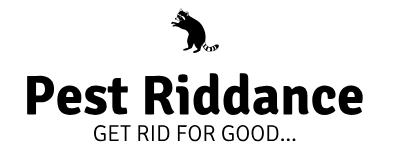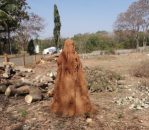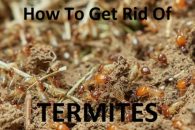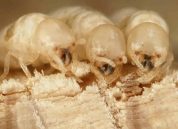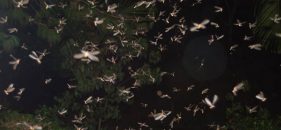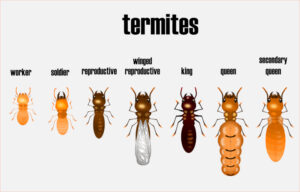 Termites are easily recognisable by their sort of milky brown colour but are often mistaken for ants due being of a similar size and body structure.
Termites are easily recognisable by their sort of milky brown colour but are often mistaken for ants due being of a similar size and body structure.
Generally, you’re looking for something that is similar to an ant but there are a few key points to knowing the difference.
It’s key that you understand what the differences are as this will have a huge impact on how you handle getting rid of your pests – the pest riddance part!
Another way of identifying this pest is by examining the damage they have caused and where the nest is located.
Anyone who’s been through the trouble of having a termite infestation will know all too well that it’s a nightmare situation, especially for those who are squeamish and don’t like bugs crawling around their home.
So ensuring you recognise them correctly will help ensure that the best removal/prevention methods are undertook to keep the problem to a minimum and ensure your home is pest proof in the future.
Contents
What’s the difference between ants and termites?
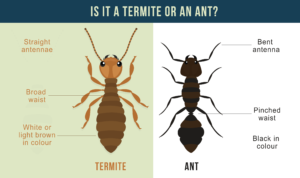 There are multiple key facts that you need to look at when identifying termites – primarily around the physical differences.
There are multiple key facts that you need to look at when identifying termites – primarily around the physical differences.
•Anntenae: Termites have straight antennae whereas ants have a elbowed antennae that has an angle to it – much like an elbow.
•Waist: Ants have a much narrower waist than their cousins, this is a great place to identify a key difference between the two.
•Wings: The wings on a termite embarking on its nuptial flight are of equal length and ants’ front wings are longer than the lower wings. Also, another very important thing to check for is wing loss. If you find any discarded wings around the affected area then it’s probably termites that you’re dealing with as ants do not discard their wings.
Different types of Termites
All types of termites cause damage, making them a very costly pest to have in the home, so knowing which type you are dealing with can save you a lot of time and money as this will help you tackle the problem with the correct method from the get go. Your geographical location in the US can also have an impact on which type you are dealing with.
So now let’s cover the different types and what states have termites – just for a bit of background knowledge, there are also species that sit within each type of termite but this isn’t necessary knowledge for dealing with the pest.
Drywood Termites
Found in: Alabama, Georgia, Florida, New Mexico, Texas, Southern California, Arizona, Louisiana and Missisipi
Usually found nesting in dry wood, hence the name, this species is smaller than the subterranean type and therefore takes longer to cause any significant damage.
You’re quite likely to encounter these living fully inside your home as they look for any type of wood that is very dry, so if you fear they are in your home then check all dry wood areas for any holes that look like tunnels.
However, they have the ability to easily create multiple colonies within homes due to the fact that homes typically have a large amount of dry wood within them.
Dampwood Termites
Found in: Northern Nevada, Southern Florida, Idaho, Oregon, Northern California, Montana, Washington.
These are what I would consider to be the least “pest like” as their nests are in moist wood – usually wood within your home isn’t damp enough for them to be able to nest there.
If your home is prone to damping then there is a chance that you can encounter this species so if you ensure your home remains dry then you’re unlikely to ever encounter this type.
They will be looking for areas where there is possibly a water leak or high moisture as they require a free water source to survive.
Subterranean Termites
This is the most common type of termite and it’s found all over the US, it’s also the most destructive and recognising this species early can be the key to preventing substantial damage to your property.
Generally they will build their nests underground, but this doesn’t stop them from being a pest as they mainly eat wood and this is what gives them their notoriety.
They frequently come to the surface in search of food, you can expect to find mud tunnels scattered around your property if they inhabit the area. Although you will not notice these unless you are specifically looking for them as they blend in quite well – if you spot any of them physically on or close to any of your walls then contact your local pest control immediately.
